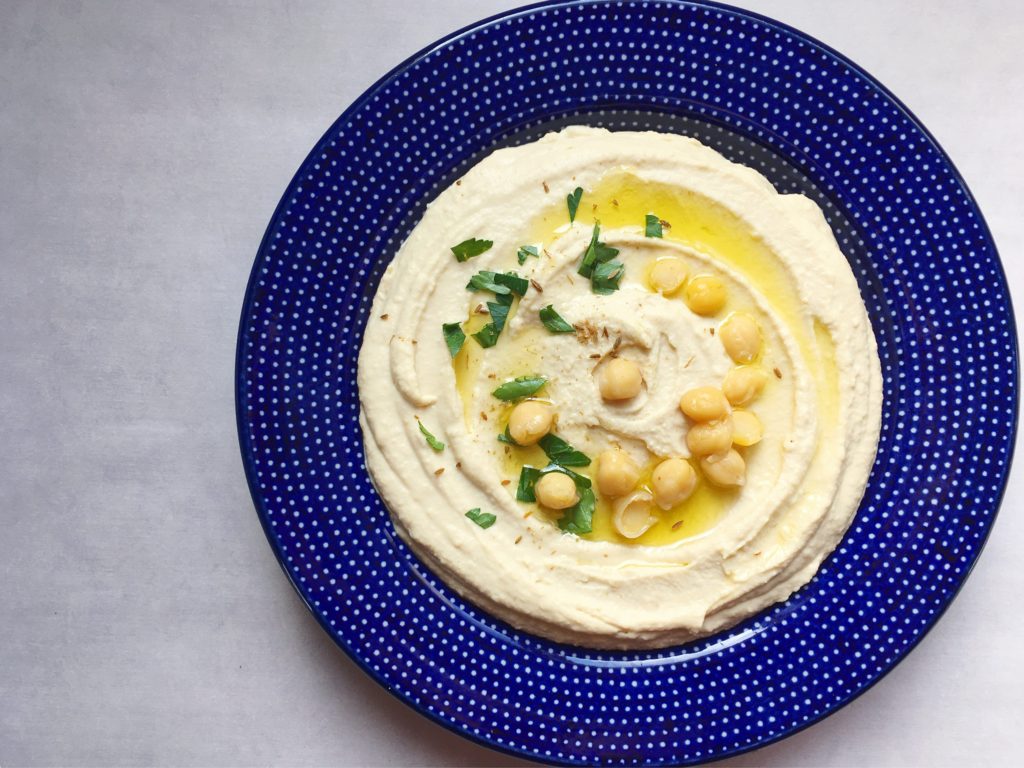
When I lived in Sydney, there was a Lebanese restaurant on my block that sold the smoothest, creamiest hummus. It was perfect.
Yet it bothered me: why was their hummus so much better than mine? How did they get it so perfectly, pillowy smooth?
When I added more liquid to mine, it got soggier. When I blended for longer–much longer, even–some graininess remained.
Then Deb said you had to peel the chickpeas. And so I did. I felt silly. (Who wouldn’t, peeling a pound of chickpeas one by one?) But more than that, it didn’t make sense. Surely the Lebanese restaurant down the road didn’t have an army of people peeling chickpeas in some back room–did it? 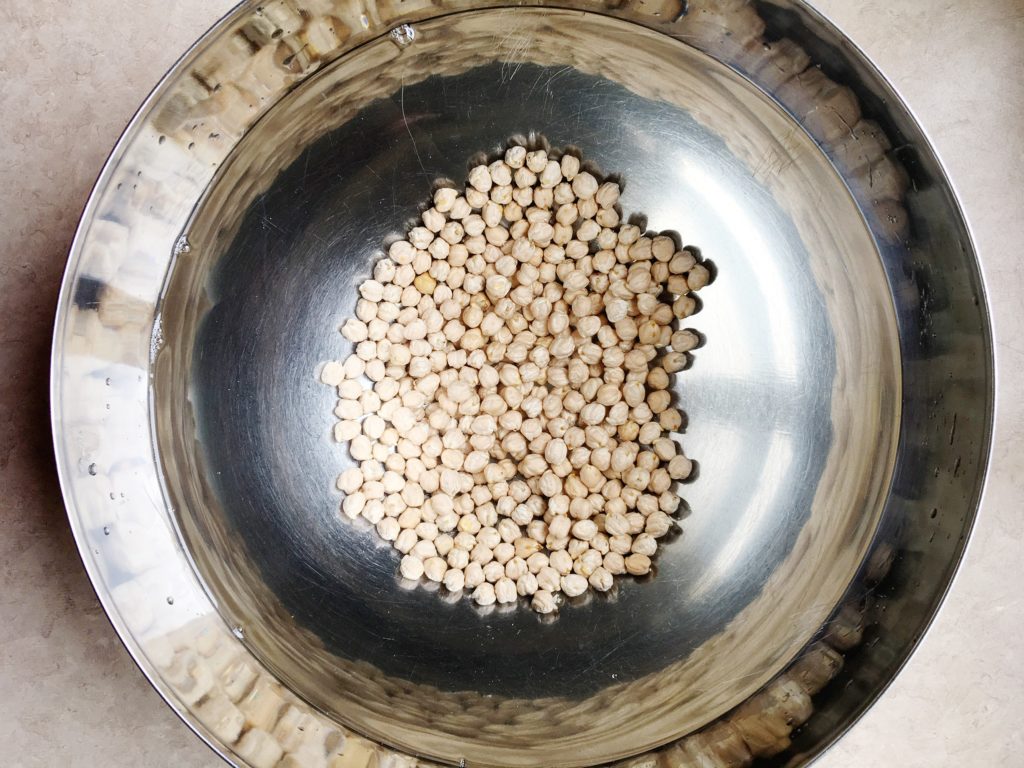
The mystery went unsolved for years. I dropped it. I moved on. I bought hummus at the grocery store.
Then I went away to my friend’s parents’ place for the weekend. I needed some light reading. Her mom had the Zahav cookbook.
It turns out the secret to ethereally smooth hummus is overcooked chickpeas. It makes sense: get the chickpeas soft enough, and they will break down completely when you put them in the food processor.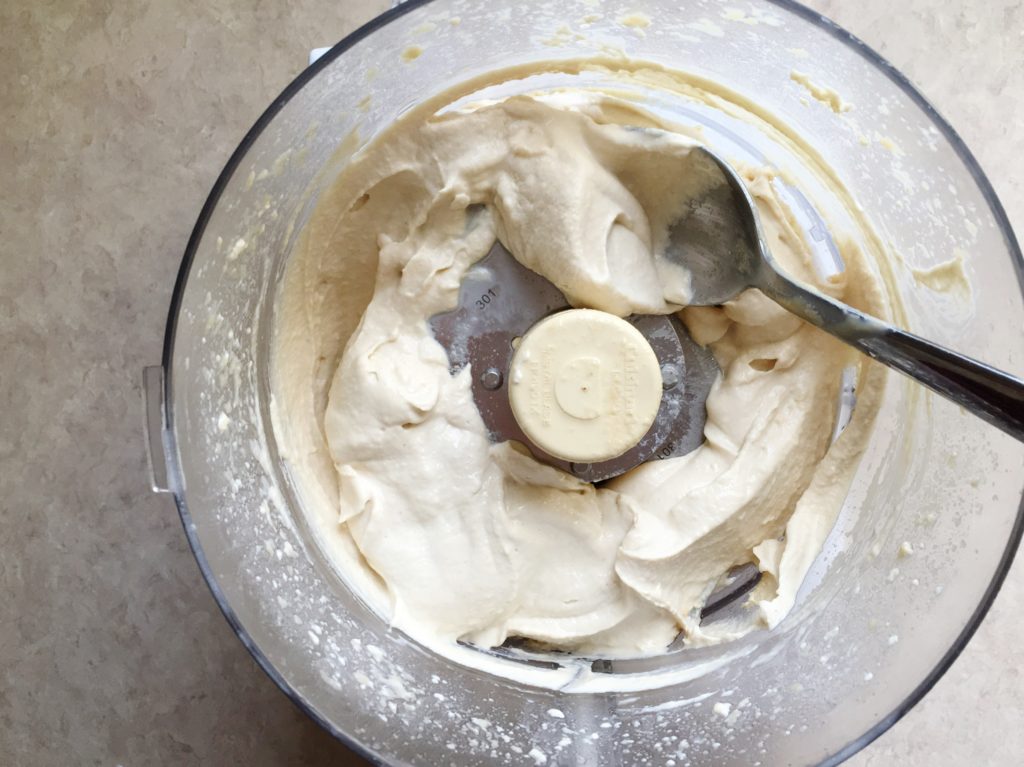
Hummus is Zahav‘s calling card, and this recipe checks out. The texture is everything—almost whipped in its lightness. And as author Michael Solomonov explains, tahini plays a major role in Israeli hummus. As a result, lemon and garlic take a backseat here, allowing the tahini to shine through. Confession: I ate the hummus straight out of the food processor with a soup spoon while waiting for pita chips to come out of the oven.
Zahav’s hummus
Makes about 3-4 cups, which is not at all too much for one person to plough through in a week
Lifted from Michael Solomonov’s Zahav: A World of Israeli Cooking
Ingredients
1 cup (190g) dried chickpeas*
2 teaspoons baking soda, divided
4 large garlic cloves, unpeeled
1/3 cup (or more) (79mL) fresh lemon juice
1 teaspoon kosher salt, plus more
2/3 cup (158mL) good-quality tahini (Trader Joe’s has just started selling tahini for about half the price I used to pay at other stores)
1/4 teaspoon (or more) ground cumin
Olive oil, chopped parsley, and paprika for serving (optional, but great)
*Note: You must soak the chickpeas for at least eight hours before you begin cooking. But that should be easy: it’s either overnight or while you’re at work during the day.
Instructions
Place the chickpeas in a large bowl with 1 teaspoon of the baking soda and cover with plenty of water. (Why the baking soda? It helps break down the chickpeas when they cook, contributing to the soft texture.) The chickpeas will double in volume, so use a far bigger bowl and more water than you think you need. Soak the chickpeas for about eight hours at room temperature. When the time is up, drain the chickpeas and rinse under cold water.
Place the chickpeas in a large pot with the remaining 1 teaspoon baking soda and add cold water to cover by at least 4 inches. Bring the chickpeas to a boil over high heat, skimming off the worst of the scum that rises to the surface.
Lower the heat to medium, cover the pot, and continue to simmer for 1-1 1/2 hours, until the chickpeas are completely tender. Don’t worry if they’re falling apart a bit–that’s what will make the hummus so soft!
Meanwhile, process the unpeeled garlic, lemon juice, and 1 teaspoon salt in a food processor until coarsely puréed; let sit 10 minutes to allow garlic to mellow. This is how you get the garlic flavor without having your mouth on fire in the middle of the night.
Strain garlic mixture through a fine-mesh sieve into a small bowl, pressing on solids to release as much liquid as possible. Return liquid to food processor; discard solids. Add tahini and pulse to combine. With motor running, add 1/4 cup ice water by the tablespoonful and process (it may seize up at first) until mixture is very smooth, pale, and thick.
Add cooked chickpeas and cumin and puree for several minutes, until the hummus is smooth and so creamy. Then purée it some more! Taste and adjust the seasoning with salt, lemon juice, and cumin if you like.
To serve, spread the hummus in a shallow bowl, dust with paprika, top with parsley and more tehina sauce if you have any left, and drizzle generously with oil.
Notes
Because the chickpeas will have just finished cooking, the hummus will be warm when you finish blending. Wait for it to cool to room temperature to serve or chuck it in the fridge to expedite the process if you wish.
Want to make this into a meal? I had the hummus with two things:
A chopped Israeli salad: chopped farmers market tomatoes and cucumbers, parsley, and a dressing of near-equal parts lemon juice and olive oil. I added sumac, which is a bright, zingy, almost lemony spice. You could also add feta and/or olives to make it a bit heftier. Good tomatoes are important here, but grape tomatoes would work in a pinch/ in the winter
A big mess of pita chips: pita, cut into triangles, tossed with olive oil, salt, and sumac, and baked in one single layer (maximum crispiness) for about 10 minutes at 425F.
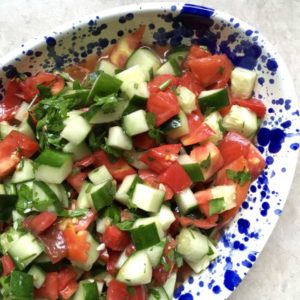
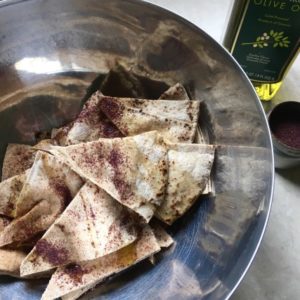


Leave a Reply